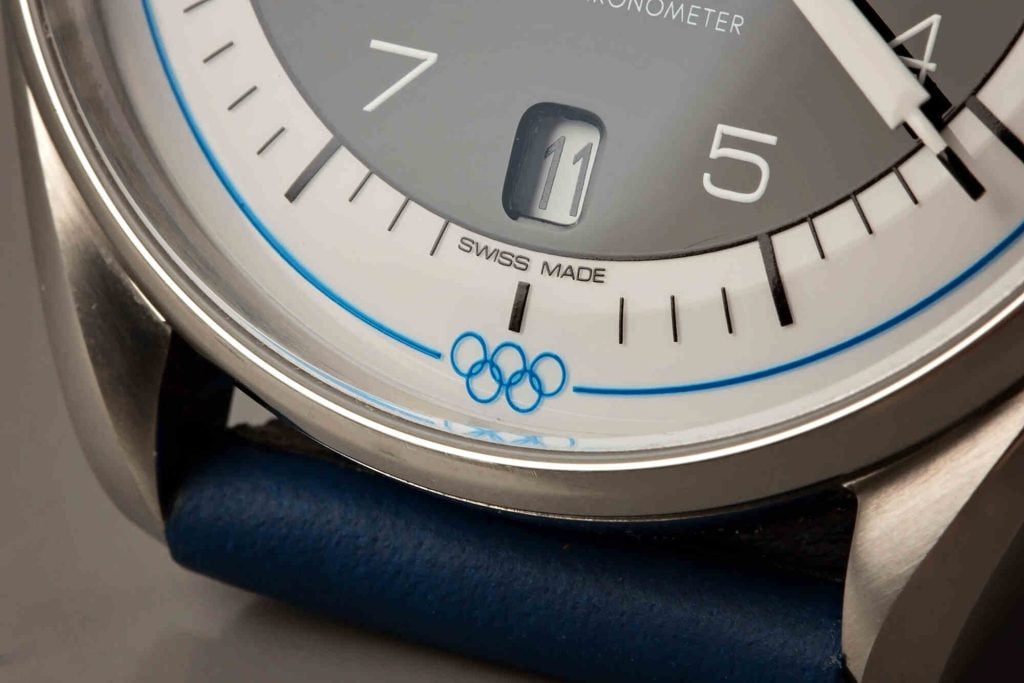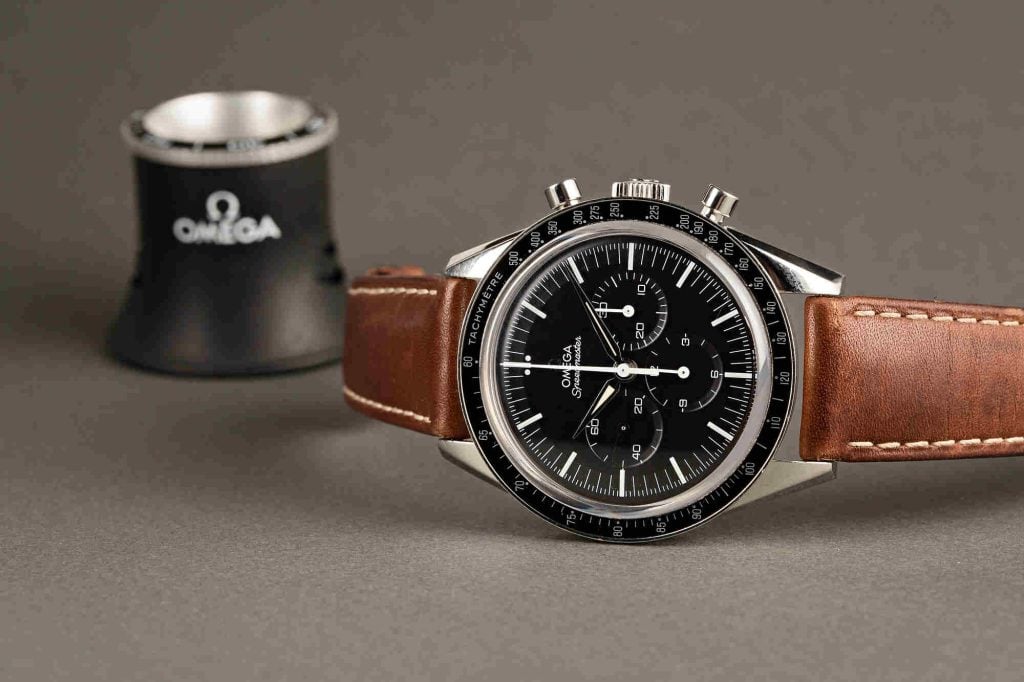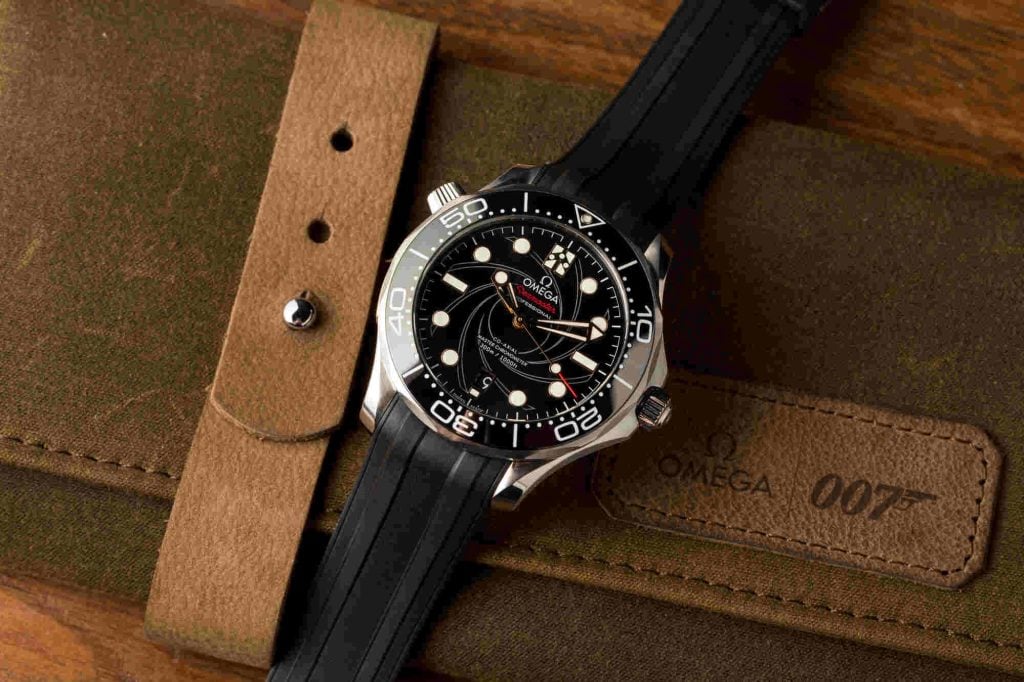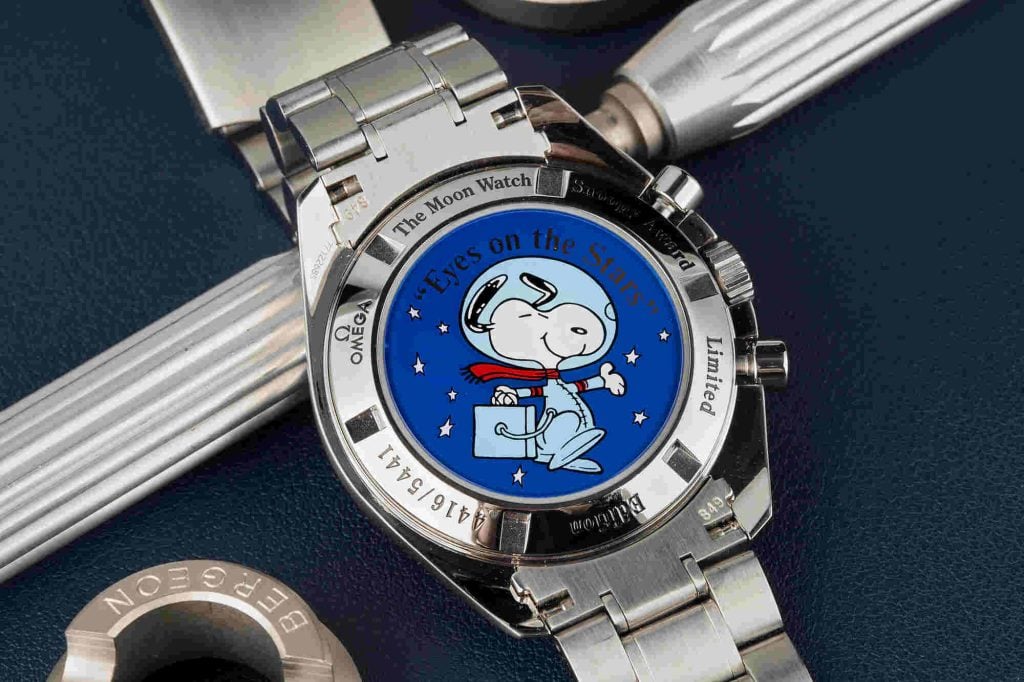The story of Omega begins in 1848, when an ambitious 23-year-old named Louis Brandt opened a small workshop in La Chaux-de-Fonds, Switzerland. Driven by dreams of creating fine pocket watches, Brandt built a reputation for remarkably precise and exquisitely crafted timepieces, laying the foundations for a watchmaking empire.
After Louis Brandt passed, his vision was carried on by his sons Louis-Paul and César. They pioneered bringing full watch production under Omega’s roof, allowing greater creative freedom to innovate. This move bore fruit in 1894 when the company changed watchmaking forever.
That year, Omega unveiled the world’s first mass-produced, interchangeable watch movement – the Omega Calibre. By standardizing parts, this revolutionary invention streamlined production like never before. The Omega Calibre propelled the brand to international fame, with precision records set in 1931 at the Geneva Observatory.
As the 20th century dawned, Omega watches cemented itself at the forefront of timekeeping technology. But Omega was also about to shake up the world of sports watches with its mastery of precision.
The Perfect Timekeeper for the Olympic Games

The Olympic Games presented the ideal stage for Omega to demonstrate its exceptional timekeeping abilities. In 1932, Omega began its role as Official Olympic Timekeeper, starting an enduring Olympic partnership spanning over 80 years as the official watch.
With each Games, Omega introduced groundbreaking timekeeping innovations. At the 1948 London Olympics, they unveiled the first photo finish camera, eliminating any doubt about close race finishes. As technology advanced, Omega stayed ahead of the curve, incorporating everything from touchpads to fully computerized timing systems.
But it wasn’t just about tracking time. Omega’s contributions as the official timekeeper upheld the integrity of Olympic competition itself. With timing accurate to mere thousandths of seconds, even the smallest leads could be detected. This precision ensured every winner was undisputed and no human achievement went unrecognized. Over decades of pioneering timing tech, Omega was instrumental in immortalizing some of the most iconic moments in Olympic history.
From Jesse Owens’ four golds in 1936 to Usain Bolt’s electrifying runs, Omega timed every great Olympic feat. When gymnast Nadia Comăneci scored the first perfect 10 in 1976, Omega’s tech documented that groundbreaking moment. The company bore witness to generations of phenomenal athletes pushing boundaries. Omega is now an integral thread in the Olympic tapestry.
Reaching for the Stars: Omega’s Journey into Space

Omega’s expertise isn’t limited by Earth’s boundaries. The brand’s legend with spaceflight began in 1962 when the Omega Speedmaster became the first watch worn in space on Mercury-Atlas 6. But Omega’s defining moment came in 1969 with the Apollo 11 moon landing – an event that changed space exploration forever.
As the world watched in awe, Buzz Aldrin stepped onto the moon donning his trusty Omega Speedmaster Moonwatch. With this iconic moonwalk, the Speedmaster solidified its status as the Moonwatch and a symbol of human ambition. Even beyond the moon, it played an indispensable role in NASA’s pioneering ’60s space missions. Its sturdy build, chronograph function and legibility made it perfect for critical spacecraft operations.
During the harrowing return of Apollo 13, it was the Speedmaster that timed the engine burn ensuring the crew’s safe descent to Earth. This crowning moment cemented its reputation as the quintessential spacefaring watch. Today, the Moonwatch remains an icon representing the apex of exploration beyond our atmosphere. For watch enthusiasts, it is one of the most coveted collector’s items.
The Name’s Bond, James Bond: Omega in Pop Culture

Omega’s cultural impact also extended into pop culture through a long-running cinematic partnership, like popular James Bond Movies. Since 1995’s GoldenEye, James Bond has sported Omega watches on the silver screen. The ever-suave spy, played by actors like Pierce Brosnan and Daniel Craig, has donned Omegas from the dynamic Seamaster Diver 300M to the rugged Omega Seamaster Planet Ocean.
This fusion with 007 encapsulated Omega’s essence of sophistication and adventure. But beyond Bond, Omega timepieces have appeared on the wrists of cultural icons from Elvis to JFK, amplifying its reputation worldwide. The brand gained a foothold as a staple of legends and pioneers embodying its spirit.
Today, Omega remains the watch brand of choice for an elite crew of celebrity brand ambassadors. From Daniel Craig to Nicole Kidman and Michael Phelps, Omega is represented by some of the most recognizable stars on the planet. Their collective cultural cachet shines an ever-brighter spotlight on Omega’s legacy.
At its core, Omega’s generational appeal is fueled by its pioneering ethos. The company continuously innovates with technological advances while honoring time-honored watchmaking traditions. This marriage of the cutting-edge and the classic encapsulates Omega’s identity.
With over 170 years of barrier-breaking milestones, Omega keeps its sights on the horizon. The company tirelessly pioneers new watchmaking materials and methods, while also timing humankind’s feats across sports, space and beyond. Driven by innovation and artistry, Omega is poised to keep making history.
Pivotal Omega Innovations That Transformed Watchmaking
While Omega made its name as a timekeeping powerhouse, the brand also introduced pivotal watchmaking technologies that established new standards of innovation, performance and design.
The First Mass Produced Calibre
Omega’s first major horological breakthrough came in 1894 with the Omega Calibre – the world’s inaugural mass-fabricated, interchangeable watch movement. By revolutionizing component standardization and assembly line efficiency, this invention slashed costs while enabling easier servicing. The Omega Calibre propelled Swiss watchmaking industry into the modern industrial era with a mass produced caliber.
Revolutionary Co-Axial Escapement
In 1970, Omega collaborated with renowned English watchmaker George Daniels to create the game-changing co-axial escapement – a first major redesign of the lever escapement used in mechanical watches for over two centuries. By virtually eliminating friction, the co-axial escapement significantly increased precision, stability and durability. Its efficient operation helped reduce service needs, cementing it as a landmark advancement.
New Standards of Magnetic Resistance
In 2013, Omega unveiled its proprietary METAS-certified Master Chronometer designation, representing a new pinnacle of magnetic resistance and precision. To achieve Master Chronometer status, each watch must pass METAS’s demanding tests, verifying its performance in up to 15,000 Gauss magnetic fields and other extremes. With this technology, Omega set a new benchmark for mechanical watch durability.
Record-Setting Feats
Omega’s constant innovation has enabled headline-grabbing milestones that push boundaries:
- Planet Ocean Ultra Deep: Engineered to withstand over 36,000 feet, setting a depth record for mechanical diving watches.
- Speedmaster Skywalker X-33: Chosen by astronauts for the International Space Station during the 1990s/2000s.
- Speedmaster X-33 Regatta: Featured advanced GPS and meteorology data technology for competitive sailing.
The Spirit of Invention Lives On
Omega retains its dedication to exploring new technological frontiers today. With innovations like the battery-free Pictograms model, wearable tech collaborations, and energy-harnessing movements, the brand continues to drive progress and cement its place in history.
The Fusion of Cutting-Edge Tech and Timeless Artistry

Despite its technological focus, Omega also remains devoted to honoring fine Swiss watchmaking traditions. Each timepiece harmoniously fuses new engineering capabilities with artisanal craftsmanship and aesthetics. This synergy of the cutting-edge and classic encapsulates Omega’s enduring identity.
- Avant-garde materials like liquid metal and ceramics are shaped using traditional techniques like engraving and embossing.
- Movements blend boundary-pushing mechanics with decorative hand-finishing like “Côtes de Genève” patterns.
- Classical case shapes are updated with ergonomic optimizations for improved comfort.
- Vintage-inspired domed crystals are crafted from modern scratch-proof sapphire.
By blending the old and new, Omega constantly evolves while staying true to its heritage – a balance that has defined the brand through centuries of watchmaking innovation.
The Pioneers Who Wore Omega
Throughout its history, trailblazers who left indelible marks on culture have worn Omega. To this day, the roster of legendary figures who sported Omega reads like a who’s who of pioneering icons across the 20th century and beyond.
Conquering the Skies and Seas
Omega has been involved in pioneering feats of exploration on land, sea, and air:
- 1932: Amelia Earhart – Her Omega guide was on her record-breaking transatlantic flight.
- 1948: Omega watches underwent testing on the H.M.S Ark Royal naval carrier to prove seaworthiness.
- 1957: The Omega Speedmaster accompanied the Air Force on the pioneering transarctic “Operation Sunrise” flight.
To the Moon and Beyond

The NASA astronauts who donned Speedmasters wrote Omega into spaceflight lore:
- 1962: Wally Schirra – First Omega in space on the Mercury Sigma 7 mission.
- 1969: Buzz Aldrin – His Speedmaster accompanied the Apollo 11 moon landing.
- 1970: James Lovell – Helped time-critical maneuvers during the perilous Apollo 13 mission.
- 1972: Eugene Cernan – The last man to walk on the moon during Apollo 17.
Cinematic Icons
On the silver screen, Omega has been the choice of legendary spies, race car drivers, and Hollywood stars:
- 1962: Sean Connery as James Bond – Debuted an Omega watch in Dr. No film.
- 1969: Steve McQueen – His iconic Rolex in Le Mans film sparked the racing watch trend.
- 1985: Roger Moore – Wore the Seamaster in A View to a Kill during his rise to stardom.
- 1995: Pierce Brosnan as James Bond – Omega became the official Bond watch with GoldenEye.
For over 170 years, Omega’s story has intersected with some of history’s most monumental moments. The brand’s presence on pioneers and icons is a testament to its enduring prestige and identity as a maker of watches for world-changers. Omega’s remarkable journey through time continues to inspire watch lovers and adventurous spirits worldwide.

Comments are closed.